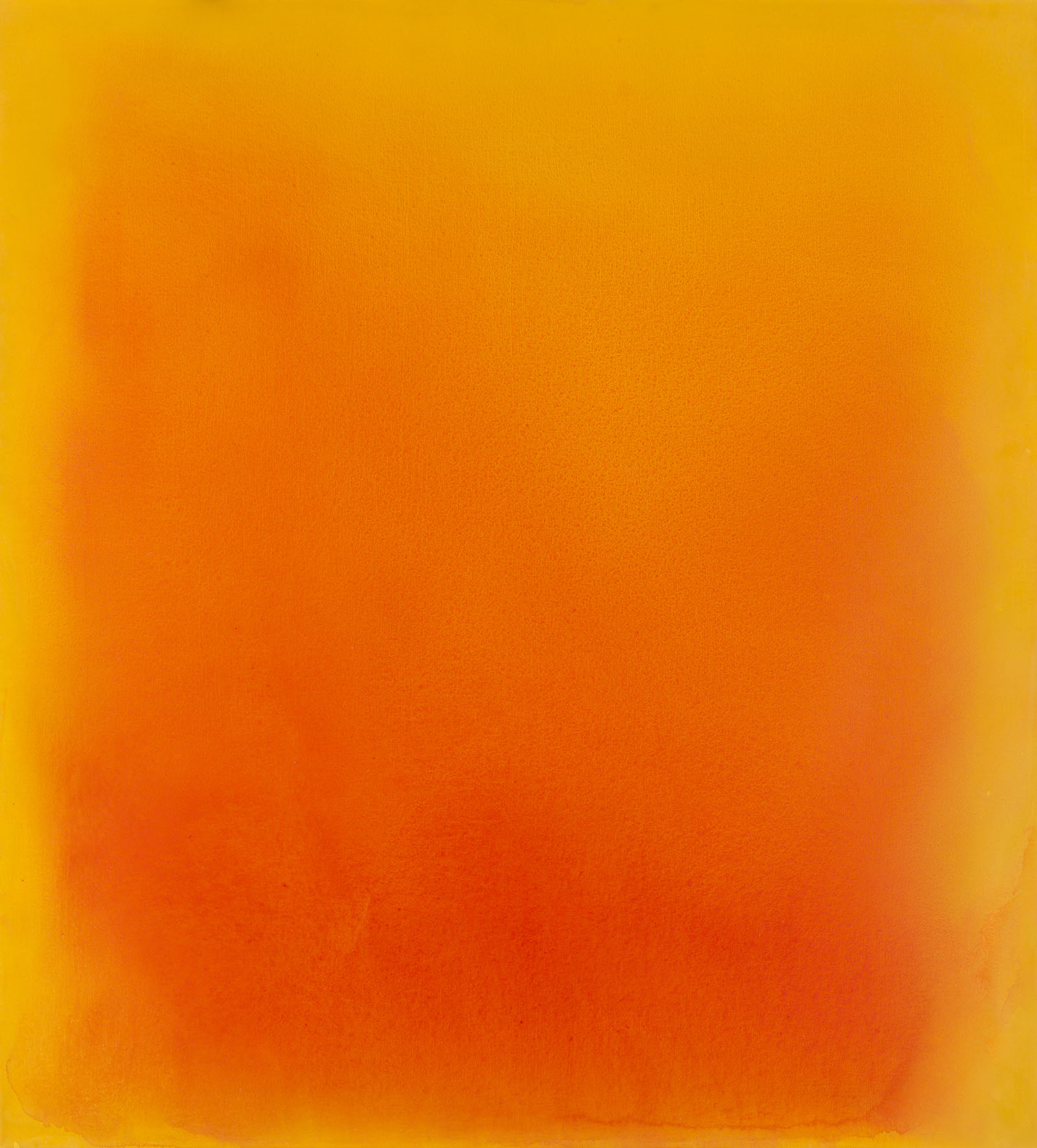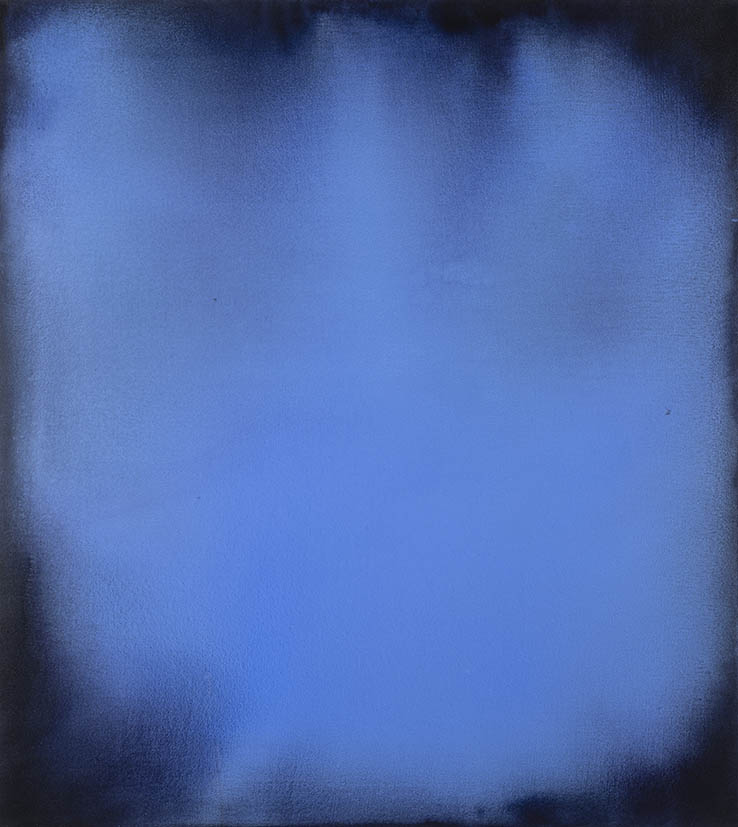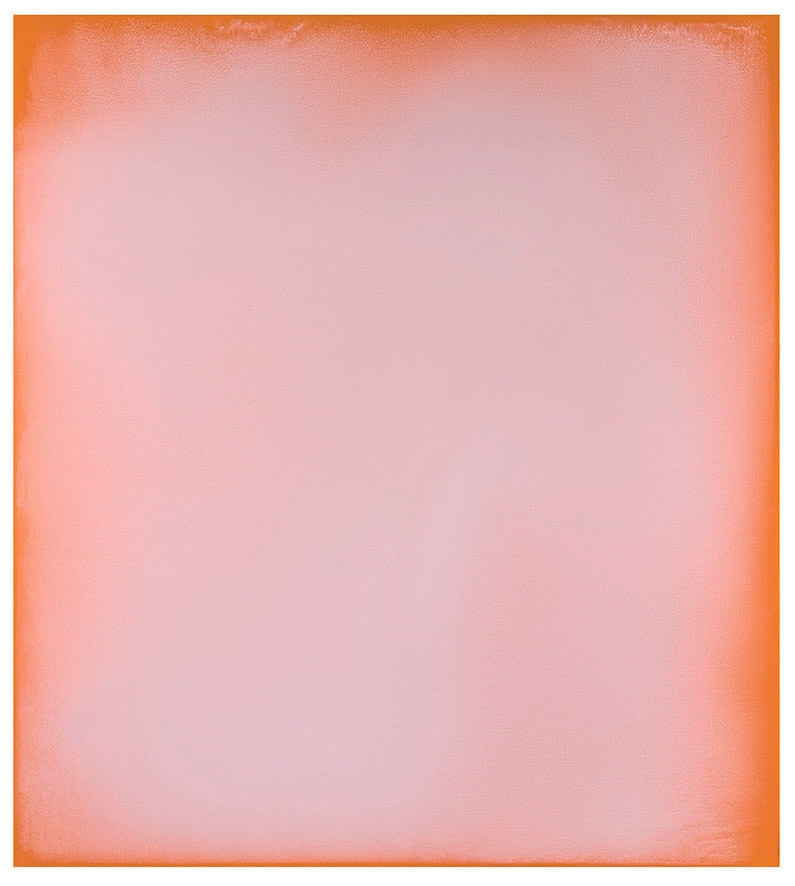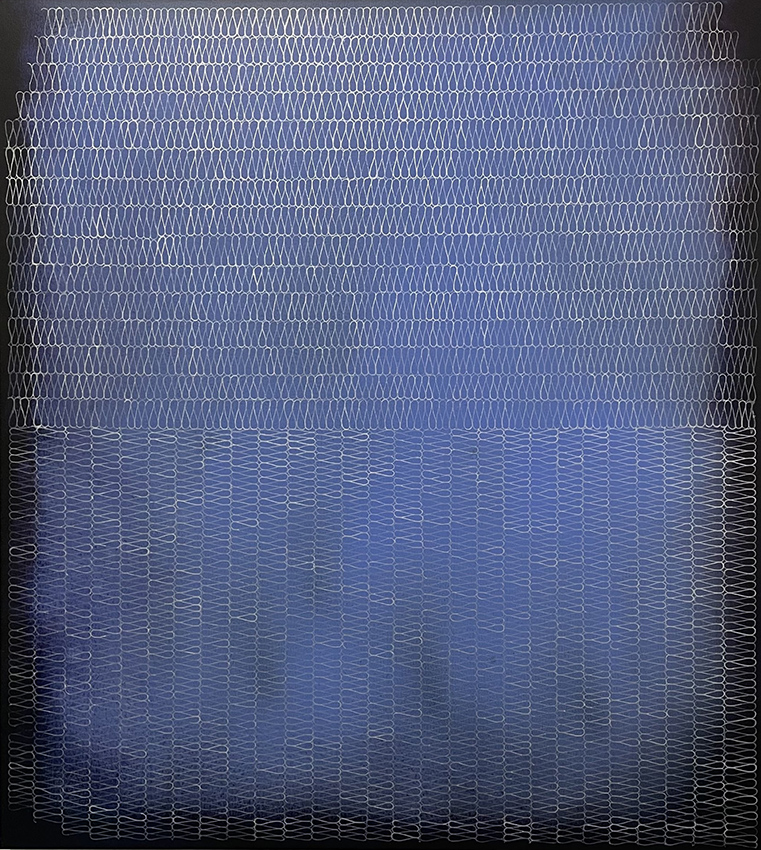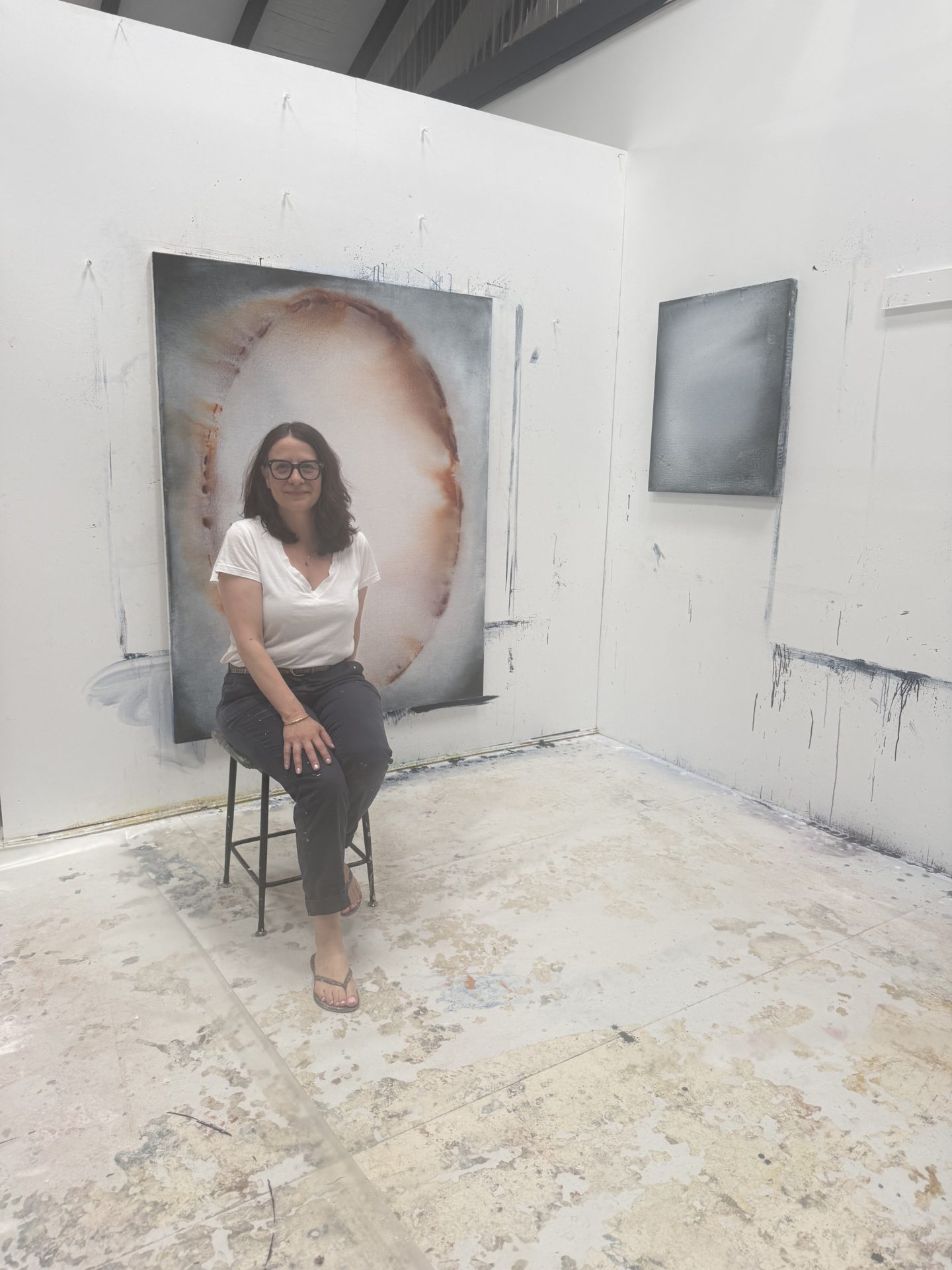Syunik is a historic region of Armenia established in 189 BC and is famous for both the Monasteries of Tatev and Gladsor; as well as the production of Silver. The title for this exhibition Syunik, is derived from Armenian Gospel paintings from Gladsor. These medieval manuscript paintings function as a starting point and palette for this group of paintings that has emerged, primarily, as Chromatic Voids.
The idea of the Chromatic Void, is an oxymoron. Voids are considered to be spaces that are black and empty. In these paintings, the voids are filled with a chroma, made up of particular hues of colour that have been overlaid in repetitious layers that both conceal and reveal. My play on words in this context is deliberate as it takes into account the idea of colour not only as the science of light but as a subjective element in painting linked to, vibration, cultural memory and identity.
Significantly, within the tradition of Armenian Gospel paintings, colour was used not only as an abstract tool for spiritual mediation, but was also a crucial element in the creation of visual pleasure. The idea of visual pleasure is appealing to me and has led me to explore the idea of chroma/ colour as a conceptual marker for translating a cultural aesthetic and the possibility of surface beauty between time, space and place; and between the idioms of medieval manuscript and abstract painting in a contemporary context.


